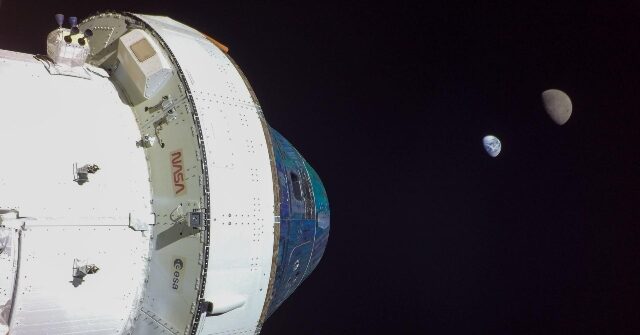NASA has announced that its Artemis 2 mission, which will send a crew of four astronauts around the Moon, is on track to launch as early as February 5, 2026, with additional launch windows in March and April.
Space.com reports that NASA has announced that the Artemis 2 mission, the first crewed flight of the Artemis program, could launch as early as February 5, 2026. The mission, which will send four astronauts on a 10-day journey around the moon, marks a crucial milestone in NASA’s ambitious plan to establish a sustainable human presence on the lunar surface.
During a press conference at NASA’s Johnson Space Center in Houston, Lakiesha Hawkins, the agency’s acting deputy associate administrator for exploration systems development, emphasized the historical significance of the mission, stating, “We together have a front-row seat to history: We’re returning to the moon after over 50 years.” The Artemis 2 crew, consisting of NASA astronauts Reid Wiseman (commander), Victor Glover (pilot), Christina Koch (mission specialist), and Canadian Space Agency astronaut Jeremy Hansen (mission specialist), will embark on a “free-return” trajectory, flying around the moon without entering lunar orbit or landing on the surface.
The mission will build upon the success of the uncrewed Artemis 1 test flight, which launched an Orion spacecraft to lunar orbit in November 2022 and successfully returned it to Earth after a four-week journey. Although Artemis 2 was initially expected to launch in 2025, NASA pushed the mission to 2026 to address issues with the Orion capsule’s heat shield, which charred more severely than expected during its reentry into Earth’s atmosphere.
NASA officials have stressed that crew safety is the top priority and that the launch timeline will be driven by ensuring all necessary precautions are taken. The Artemis 2 team has studied the heat shield issue extensively and made adjustments to the mission trajectory to minimize the risk of similar problems during reentry. Additionally, modifications have been made to the launch pad and fueling process to reduce the likelihood of liquid hydrogen leaks, which delayed the Artemis 1 launch.
The Space Launch System (SLS) rocket that will carry the Artemis 2 mission is nearly complete at NASA’s Kennedy Space Center Vehicle Assembly Building in Florida. The rocket’s solid rocket boosters have been attached, and the Orion capsule and its adapter are set to be added in the coming weeks. NASA expects to unveil the fully assembled Artemis 2 rocket in October.
Jeff Radigan, the lead Artemis 2 flight director at JSC, seemed to state the obvious when he said, “To call this mission fully successful, we need to go fly by the moon, bring the crew home safely and welcome them back with open arms.”
Read more at Space.com here.
Lucas Nolan is a reporter for Breitbart News covering issues of free speech and online censorship.
Read the full article here
